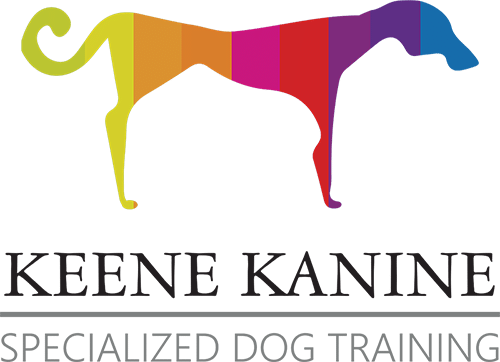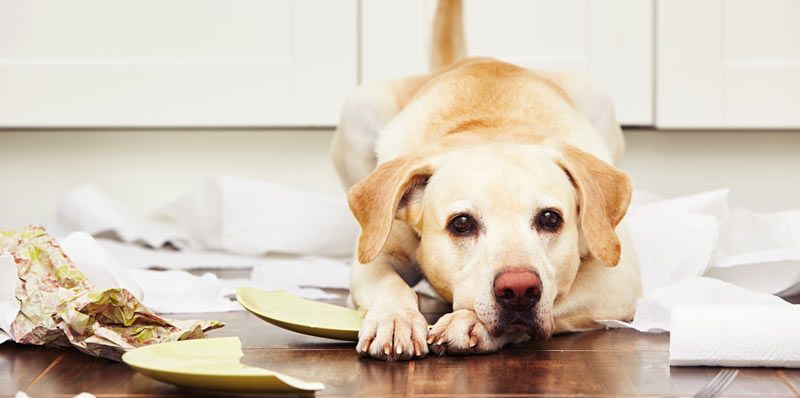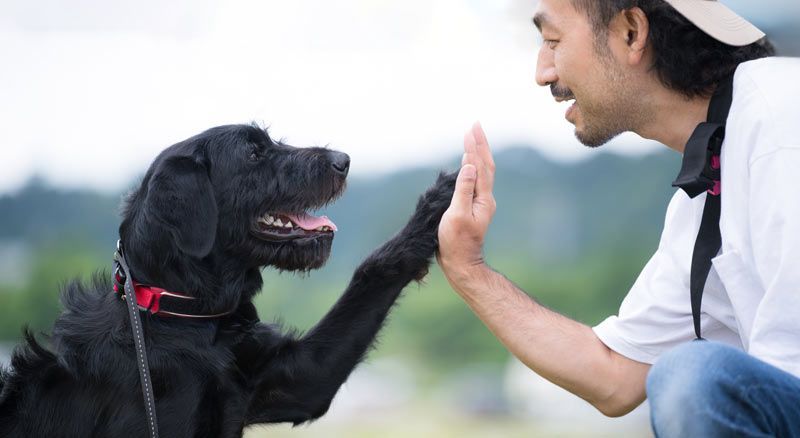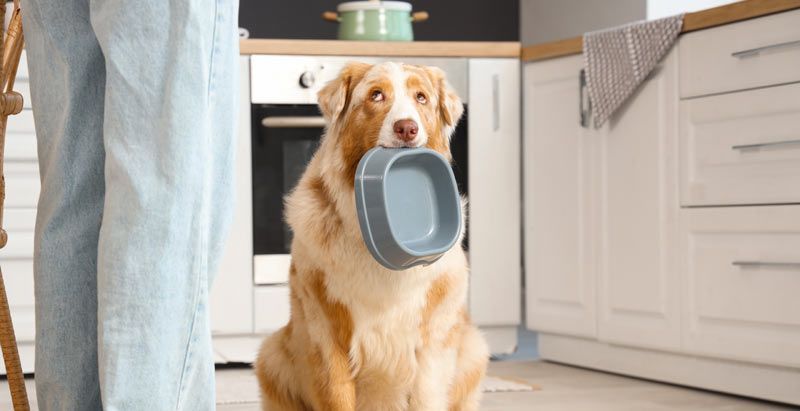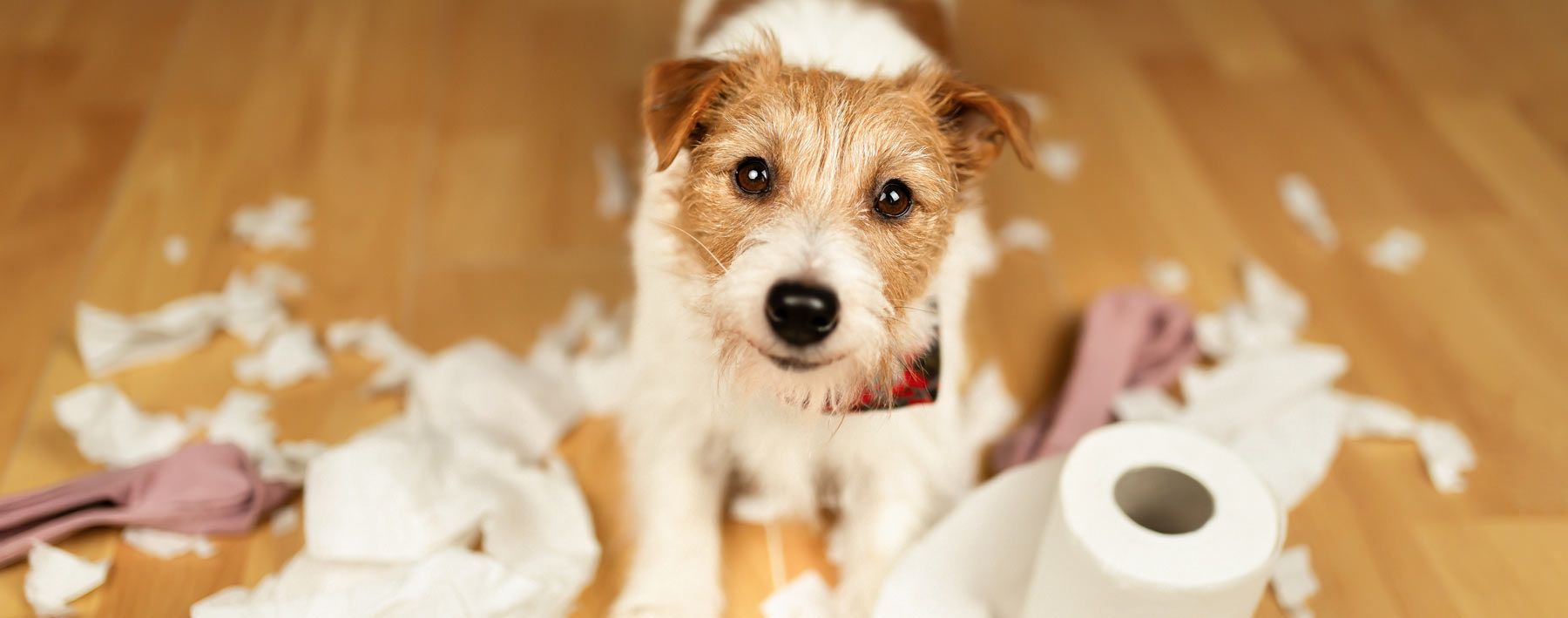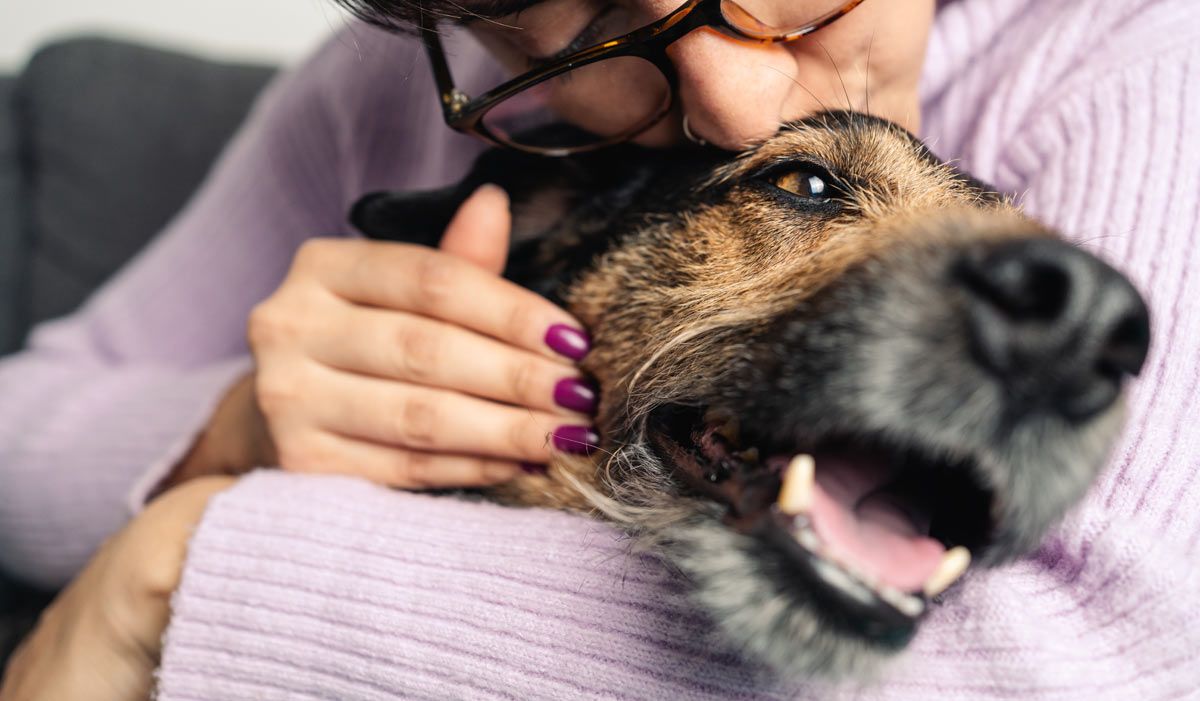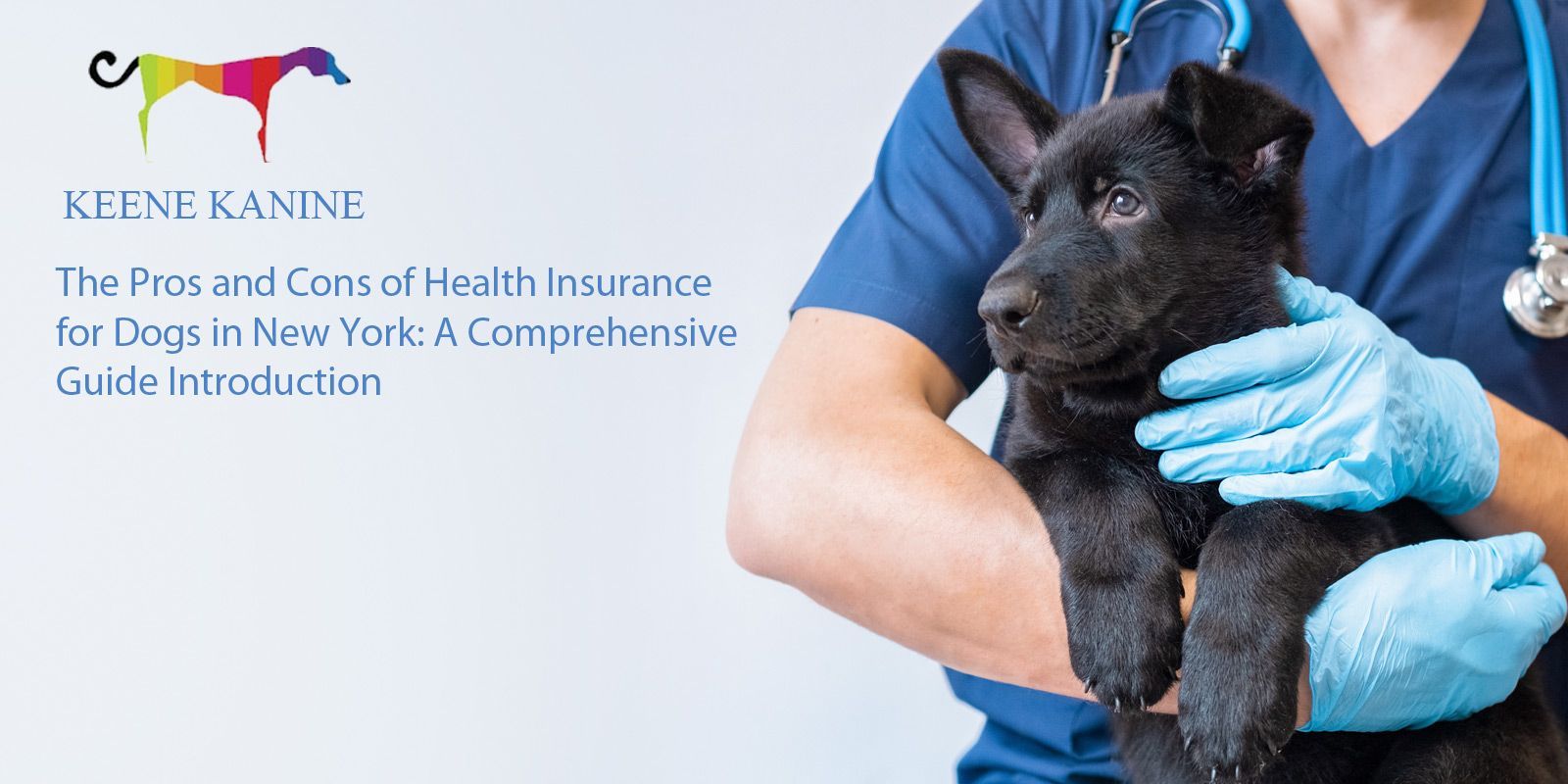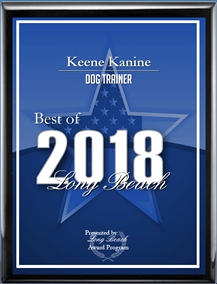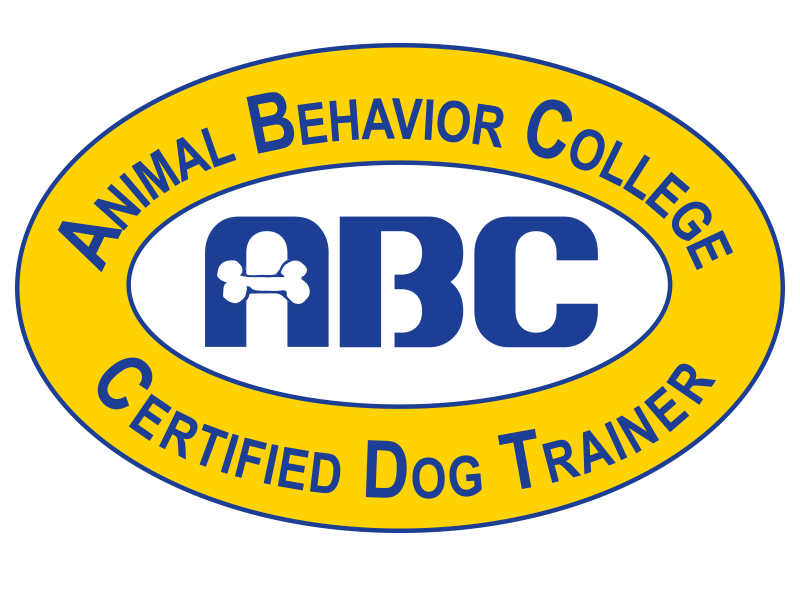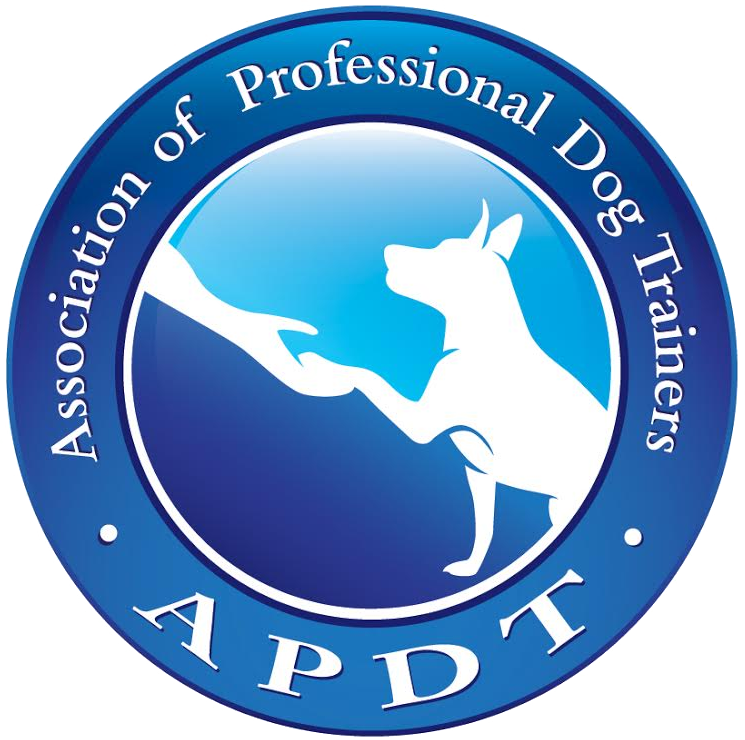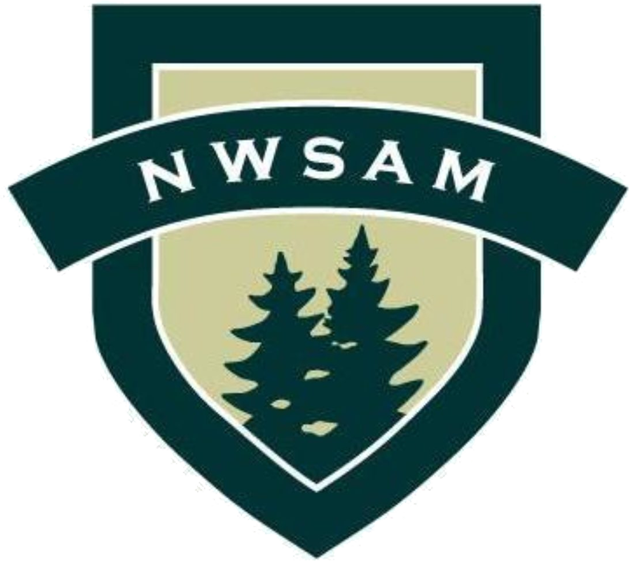The Ultimate Guide to Dog Grooming: Tips and Techniques
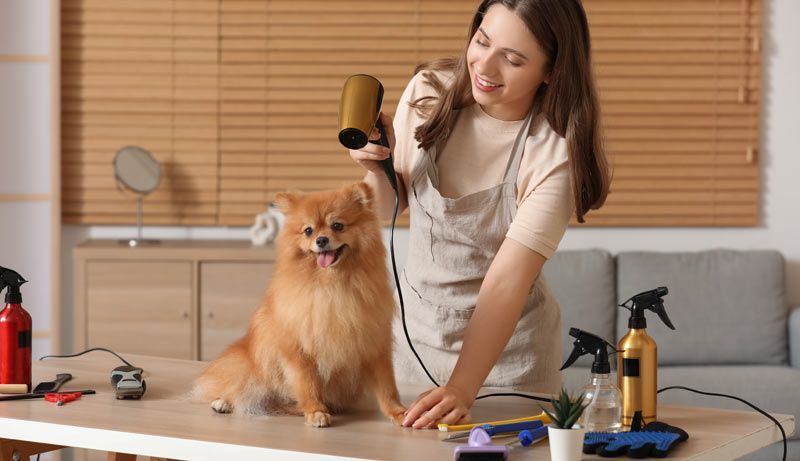
Dog Grooming Tips by Leading Dog Trainer Maureen Keene
Dog grooming is an essential aspect of responsible pet ownership that goes beyond merely keeping your furry friend looking good. A well-groomed dog is not only aesthetically pleasing but also healthier and happier. Grooming plays a critical role in maintaining your dog's hygiene, preventing health issues, and enhancing the bond between you and your pet. This comprehensive guide will discuss essential grooming techniques tailored to various dog breeds, the necessary tools, and tips to make the grooming process enjoyable for both you and your canine companion.
Understanding Dog Coat Types
Before getting into grooming techniques, it is vital to understand the different types of dog coats. Each coat type demands specific grooming methods to keep it in optimal condition. Broadly, dog coats can be categorized into short hair, medium hair, long hair, curly hair, and wire-haired.
- Short-haired breeds, like Beagles or Boxers, have relatively low-maintenance coats. They typically require minimal grooming, with a weekly brush being enough to keep their fur healthy.
- Medium-haired breeds like Cocker Spaniels or Bulldogs benefit from more frequent grooming sessions, around two to three times a week, to manage shedding and prevent mats.
- Long-haired breeds, such as Golden Retrievers and Shih Tzus, necessitate regular grooming to untangle their luscious coats and keep them looking their best.
- Curly-haired breeds, including Poodles and Portuguese Water Dogs, require specialized grooming techniques, such as regular clipping and brushing to manage their unique texture.
- Wire-haired breeds like Airedale Terriers need specific grooming techniques like hand-stripping to maintain their coat's signature texture.
Essential Grooming Tools
Having the right tools is essential for any successful grooming session. Here is a list of must-have grooming items that every pet owner should consider. First and foremost, brushes are fundamental. A slicker brush is excellent for removing mats and loose fur from long-haired dogs, while a bristle brush works well for short-haired breeds, helping to distribute natural oils throughout their coat. An undercoat rake is another important tool for thick-coated dogs like Huskies, helping to remove loose undercoat hair.
Combs are also vital for detangling fur, especially in long-haired breeds, and for checking for parasites. Nail clippers should not be overlooked, as regular nail trimming prevents discomfort and potential health issues. Dog shampoo is equally important; it's crucial to choose shampoos specially formulated for dogs, considering any specific skin sensitivities.
Additionally, having a good set of towels is a must for drying your dog after baths. A high-velocity dryer can significantly reduce drying time for long-haired breeds. Ear cleaners are beneficial for breeds prone to ear infections, as they help maintain ear cleanliness.
Grooming Techniques for Different Breeds
After preparing with the right tools, it's time to explore specific grooming techniques tailored to various coat types.
- For short-haired breeds like Beagles and Boxers, brushing should occur weekly. A bristle brush will suffice to remove dead hair and dirt, while also providing a gentle massage to the skin that encourages natural oil distribution. Regular baths, typically every six to eight weeks, should be conducted using a gentle dog shampoo, followed by a thorough rinse. It's crucial to take care of their nails as well, trimming them every three to four weeks while being careful not to cut too close to the quick.
- Medium-haired breeds, such as Cocker Spaniels and Bulldogs, require slightly more attention. Brushing two to three times a week with a slicker brush or a medium-bristled brush will help prevent mats and control shedding. Bathing can occur every couple of months or as needed, depending on the amount of dirt. Regular check-ups during grooming sessions can also help identify any ear, dental, or skin issues early on.
- When it comes to long-haired breeds like Golden Retrievers and Shih Tzus, grooming requires a bit more commitment. Aim for brushing every three to four days to prevent tangles and mats. Utilize a slicker brush and an undercoat rake for the best results. Regular baths, typically every month, should be had to keep their coats clean and healthy. Using a quality conditioner formulated for dogs can help maintain a manageable, shiny coat. It's essential to check and clean their ears weekly to avoid infections, especially in breeds prone to ear problems.
- Curly-haired breeds like Poodles and Portuguese Water Dogs come with their grooming challenges. Regular brushing is crucial—every other day is ideal—to prevent knots and tangles. Professional grooming appointments every six to eight weeks help maintain an aesthetically pleasing shape while reducing the burden of home grooming. Be consistent; keeping up with grooming habits will help prevent matting and ensure your dog's coat looks fantastic.
- Wire-haired breeds, like Airedale Terriers, require specialized grooming techniques, such as hand-stripping. This method involves removing dead topcoat hair by hand, which is necessary for maintaining the coat's texture. Typical brushing with a slicker brush once a week is also important. Regular professional grooming will help keep their coats in optimal shape while ensuring that the dog's skin remains healthy.
Tips for an Enjoyable Grooming Experience
Grooming can be a delightful bonding experience for both you and your dog. Here are some strategies to ensure that your grooming sessions are pleasant and productive. Begin by introducing grooming to your puppy as early as possible, so they become familiar with the process and are more comfortable as they grow. Keeping grooming sessions short, especially for anxious dogs, will help maintain their comfort levels, gradually increasing the duration as they adapt.
Positive reinforcement is an effective way to create enjoyable grooming experiences; offering treats or praise during and after grooming will build a positive association with the process. Always handle your dog's coat and skin gently—awareness of sensitive areas, such as paws and ears, is key to avoiding discomfort. Establishing a grooming routine will help your dog know what to expect, reducing anxiety and creating a predictable part of their lifestyle.
Conclusion
Grooming is a vital part of responsible dog ownership and contributes significantly to your pet's health and well-being. Understanding your dog's breed and coat type can make the grooming process easier and more enjoyable. With the proper tools, techniques, and a healthy dose of patience, you can ensure your dog remains healthy, comfortable, and looking their very best. Transform grooming into a bonding experience, and you and your furry friend will treasure the moments spent together. Happy grooming!

